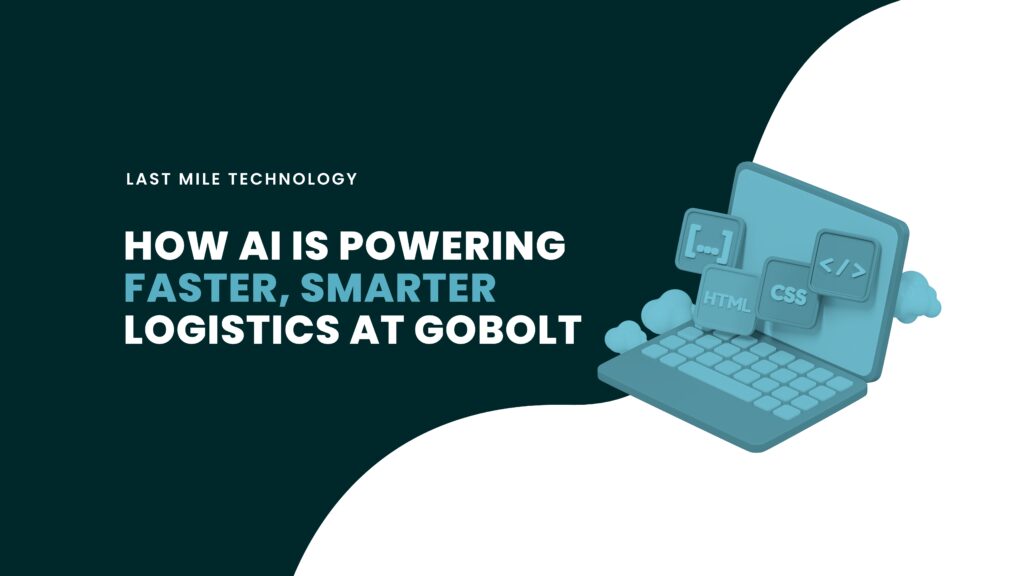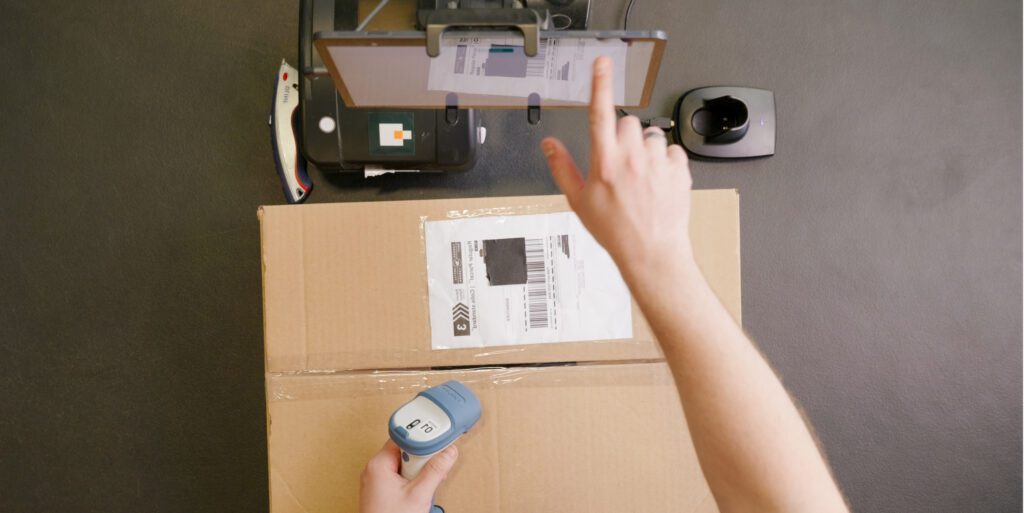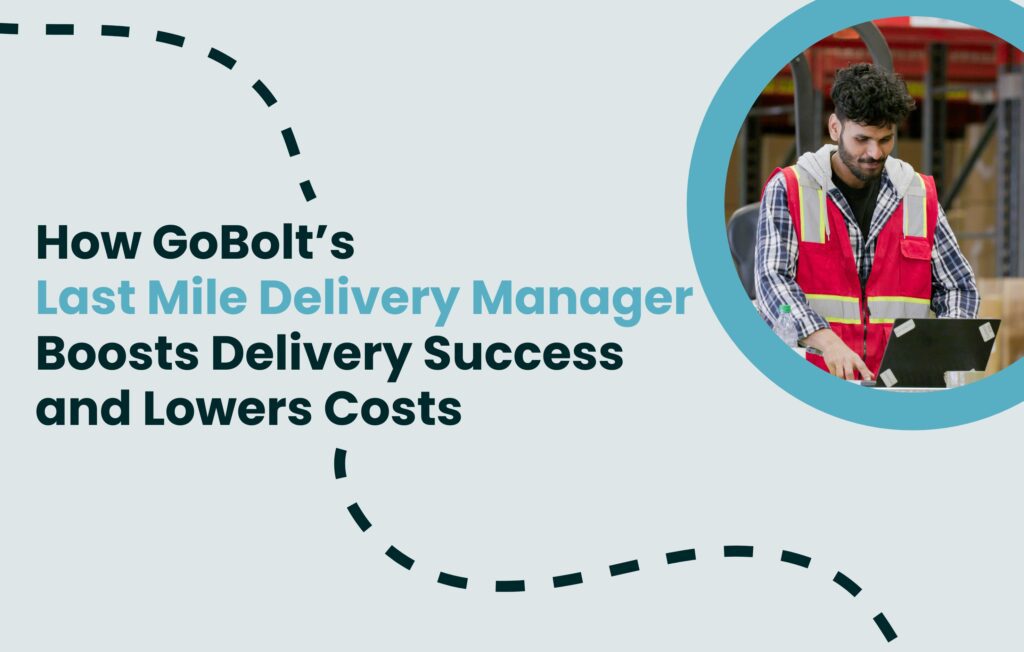Retail logistics leaders have countless priorities to keep straight. Internally, there’s technology, budgeting and inventory management to consider. Externally, there are shipping partnerships, the weather and the economy, to name a few. With all this to stay on top of, it can be hard to keep up with the latest news and trends.
So, we reached out to Nate Skiver, founder of the parcel consulting firm LPF Spend Management, to discuss what logistics leaders need to know about today’s last mile delivery market.
In our two-part interview, Nate shares insights on pricing outlooks and the power of diversification. He also explains how logistics leaders can better assess shipping providers, socially responsible shipping methods, as well as predictions for the rest of 2023.
In what ways are brands feeling the impact of today’s crowded parcel delivery market?
Nate Skiver (NS): In the last few years, there’s been more change than in the prior 10. There are a lot of new providers and, to an extent, even new types of providers. The good part for brands is there is no shortage of options and there are very specialized options that can meet very specific needs.
If you have a market that you are focusing on for next-day delivery, there are plenty of options. Or if you need national services, that’s been in place for a long time, but now regional carriers are much more prominent. Today, for any specific need a package shipper has there are usually three, four, five or more options – and that’s a good thing. This can also be viewed as bad because, with so many options, it can be difficult to differentiate between providers.
What kind of feedback have you gotten from shippers on this?
NS: I’ve gotten feedback from some shippers that a lot of carriers’ services and pitches sound the same. I don’t necessarily disagree. That’s why choosing providers requires a deeper level of engagement from brands. Brands have to engage with providers to understand how they operate and the services they provide before deciding to partner with them. That’s difficult in an environment of endless competing priorities, and it’s the bad part of having so many options.
Do you think the pricing environment will hold steady in 2023? What is likely to affect price stability in the market moving forward?
NS: We’re seeing a record annual general rate increase from UPS and FedEx, some 6.9% on average. But because there is more competition in the market and volume is expected to be down, there’s a difference in the public kind of pricing actions and how much providers are discounting. Providers need to be discounting more right now to retain volume and customers than they did 12 months ago for sure. Because of this outlook, which I would say is uncertain at best, is that brands should expect pricing to be more favorable compared to prior years.
It’s because of this, plus those provider options we’ve talked about, that I’m excited. You can now design a solution and have more control over what you’re doing as opposed to two years ago when the market was very carrier-friendly and pricing was much more dictated to package shippers.
What are the top reasons for recommending that brands diversify their carriers?
NS: I try not to focus on cost first. And I think a lot of alternative carriers try not to as well. It’s really more about value. As far as other considerations, it’s for a brand to exert more control, or at least influence, over their program. Expense is one of those variables, but also speed to customer delivery, reliability, capacity and more.
If you are relying on just one or two providers, you really don’t have much influence. That doesn’t mean you’re not getting good service and good value. But if your business changes and if you have different objectives, then you need to have the flexibility to either move volume or bring on another carrier. You can design better solutions and make changes when you’re not constrained to one or two providers.
How could the looming recession and higher shipping costs affect the struggle between delivery speed, quality and cost?
NS: That’s not an easy one, especially in this environment. The operating costs for package shippers and carriers have been escalating the past few years. But in an uncertain economy, how deep do you cut your expenses? The first area a lot of brands look at is the big budget line item for shipping. But, if you cut too deep, you’ll sacrifice service. If you go with the cheapest delivery provider, most of the time, it’s going to result in longer delivery times and less reliability.
Take Amazon Prime’s one- and two-day deliveries. A mistake some brands make is trying to take that same speed-to-customers approach. I think it’s a missed opportunity to surface your personalized delivery options to a customer — like if you can’t provide fast delivery at a low cost because the customer lives a hundred miles away from your fulfillment center.
Our conversation with Nate continues in Part 2 of this series when he dives into comparing providers, discusses sustainable shipping and gives his market predictions for the remainder of 2023.
Known in the industry as The Parcel Expert, Nate Skiver is passionate about parcel shipping, and ecommerce, and shares his vast knowledge and experience. Skiver spent 17 years in logistics working for household-name retailers, including Gap, Abercrombie & Fitch, and Limited Brands. He now helps shippers leverage thoughtfully procured, cost-effective parcel shipping services to meet their customers’ needs through his consulting business, LPF Spend Management.






